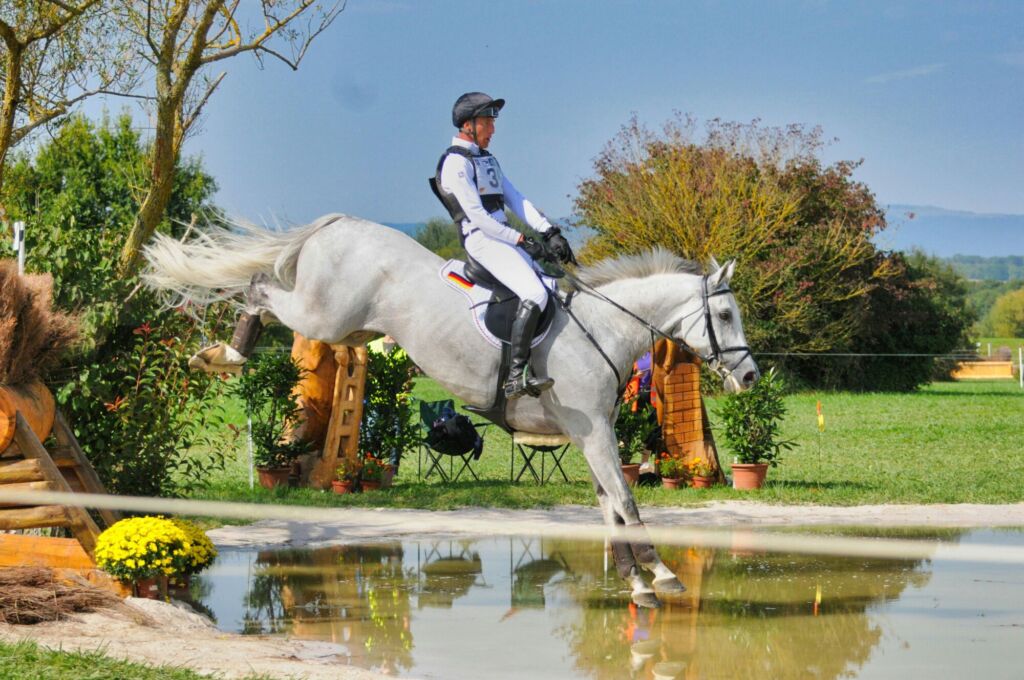A prospective cohort study on the acute:chronic workload ratio in relation to injuries in high level eventing horses: A comprehensive 3-year study
Carolien C.B.M. Munsters, Boris R.M. Kingma Jan van den Broek, Marianne M. Sloet van Oldruitenborgh-Oosterbaan (2020). Preventive Veterinary Medicine, 179. https://doi.org/10.1016/j.prevetmed.2020.105010
Background
Monitoring the acute:chronic workload in human sports is essential for optimizing performance and reducing injury risk. A similar scientific approach is necessary in equine sports. As former equine research shows, injuries are often not related only to high workloads but also to the rate of change in workload. This study aimed to identify the workload in elite eventing horses and investigate whether this was associated with injury risk in these horses.
Methodology
This study tracked 58 elite eventing horses (CCI2*-CCI5* level) during all conditional training sessions and competitions from 2015 to 2017 (94 individual competition seasons) using heart rate and GPS. The distance, duration and intensity covered at high speed (6.6-9.5 m/s) and sprint speed (<9.5 m/s) were recorded. Standard exercise tests were performed at the beginning of the competition season in all horses. Training interruptions and injuries were registered as well.

Results
During the duration of this study, 64 soft-tissue injuries were recorded. Workload was significantly affected by the horse’s fitness and strongly linked to injury risk. When workload in high speed increased rapidly, the likelihood of injury also increased fast. Sprint speed and changes in sprint speed were not related to injury risks. This emphasizing the need for careful training management and monitoring. Horses that experienced sudden workload spikes were up to six times more likely to be injured. These findings suggest that monitoring and adjusting training loads could improve both horse welfare and performance.
Each trainer, rider and coach should asses the workload of their horses and use this as a management tool to reduce injury rates and improve equine welfare.
Recente berichten
- Blankets for Horses: When Are They Really Necessary? 14 November 2024
- A prospective cohort study on the acute:chronic workload ratio in relation to injuries in high level eventing horses: A comprehensive 3-year study 30 October 2024
- How Do Horses Regulate Their Body Temperature? 8 October 2024
- Leg Protection and Heat: What Every Rider Should Know 8 October 2024
- Optimizing Your Horse’s Training with a Heart Rate Monitor 8 October 2024
